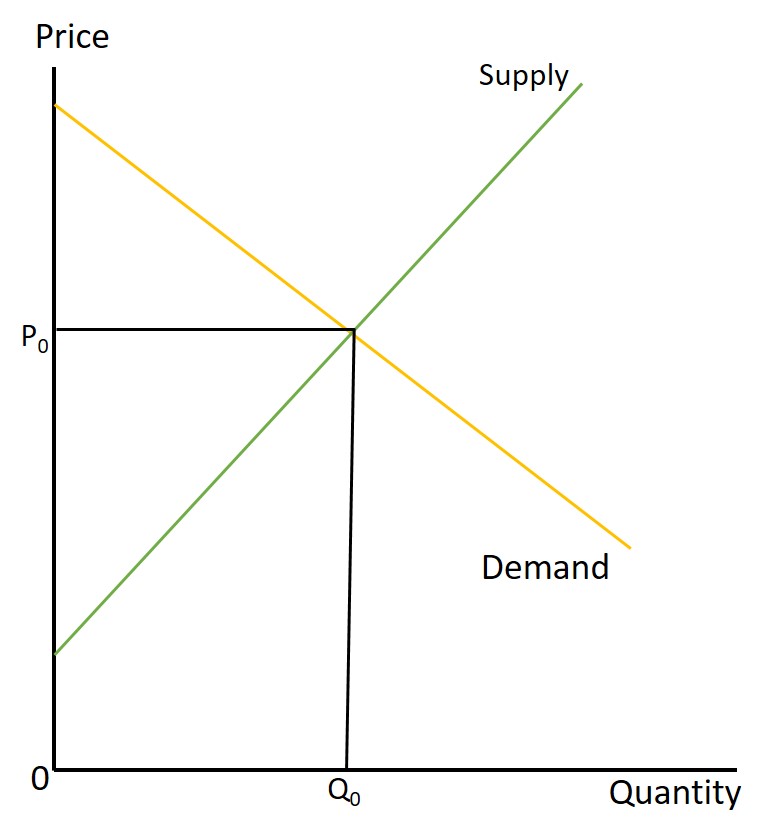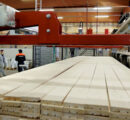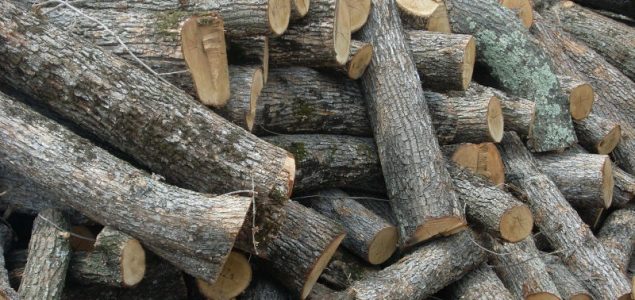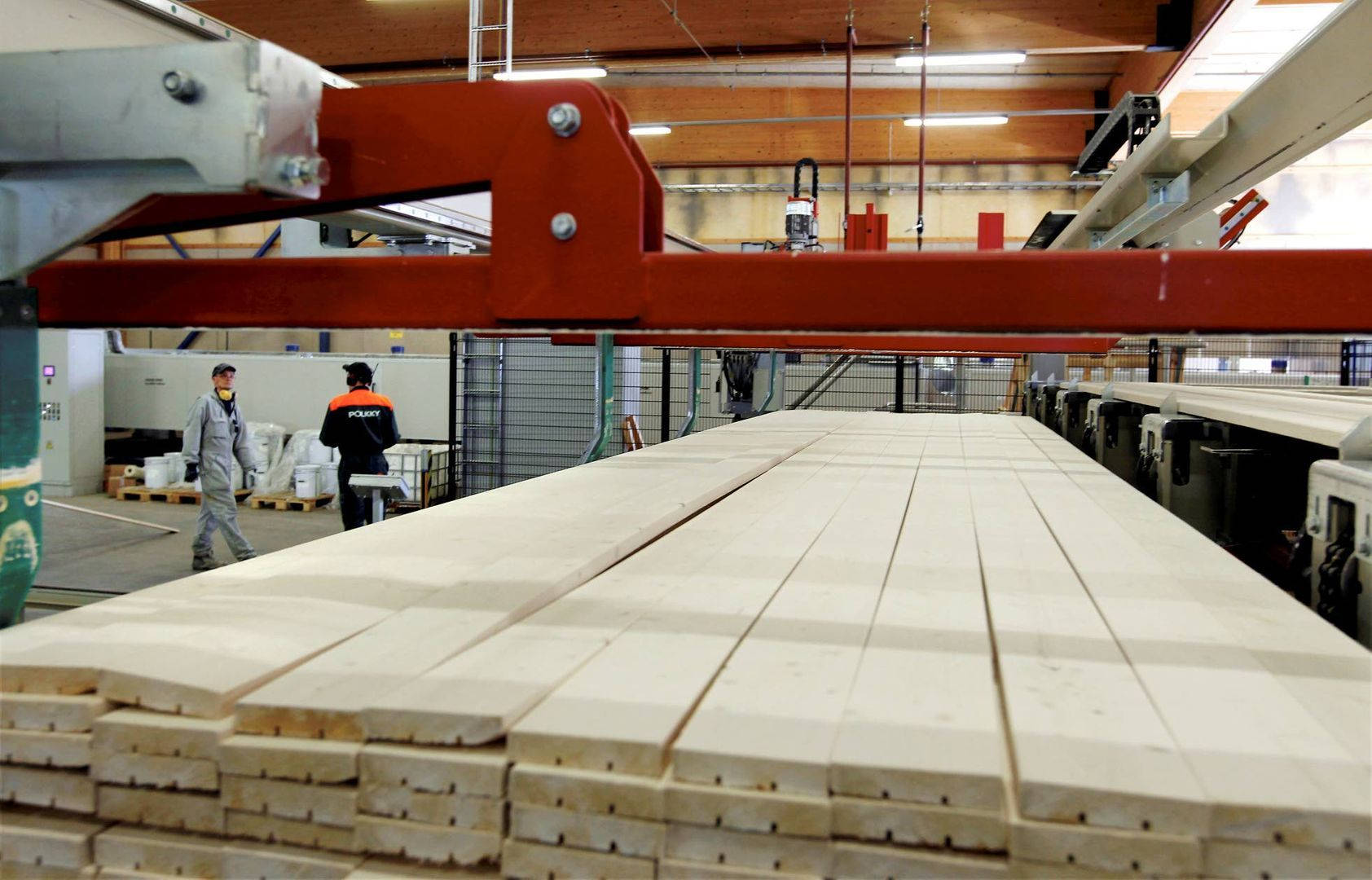Sawn timber, glued laminated timber and solid construction timber prices are currently well below last year’s records. However, factors such as the ongoing pandemic and the Ukraine war as well as the partly resulting price increases for energy, transport and logistics do not give rise to a feeling of security.
On June 27th, the annual Dialogue Holzbau event took place at the Johannes Kepler University in Linz, Austria. The event, which was organized by proHolz Austria was primarily focused on the rising raw material and energy prices and their effects on wood and wood construction. Gabriel Felbermayr, Director of the Austrian Institute for Economic Research (WIFO), referred right at the beginning of his speech to an inflation rate of approx. 8% across all areas. Will this state of affairs continue for much longer? The bad news: “There’s still a lot more to do”, because producer prices have risen massively and at least some of this will have to be passed on to consumers. The pandemic and the war in Ukraine are certainly factors, but part of this dynamic also has to do with monetary policy.
“What does gas have to do with timber construction?”
Building construction prices have risen by around 23% over the past five quarters. Felbermayr defined the increase in raw material prices as the main reason for this, above all natural gas, which rose by 88% in June alone. He then asked the question: “But what does gas have to do with timber construction?” According to Felbermayr, it is indirectly a huge competitor for timber construction – because without gas, cement and bricks would be much more expensive (in relation to the energy required for production). “The higher gas prices we see, the better wood is seen as an alternative building material,” the WIFO director continued. Transport costs have also increased significantly. Although Austria more or less supplies itself with wood, the prices depend on the world markets. This is because fossil fuels are used to manufacture mineral building materials, which means that CO 2 is emitted.
Markets like casinos
Felbermayr, who provided a broad overview of what is happening in the global economy, pointed out that it is always difficult to deal with fluctuations – and these are everywhere at the moment. “You also have to ask politically how you can help or whether everything is going right on the markets. Markets must be kept functioning. When there are few players with lots of chips, the markets become casinos,” the economist warns, adding: “If someone in the Kremlin can increase the price of gas by 88% overnight, we’re very far from that what we would call efficient markets.” In terms of energy policy, Europe has generally missed out on a few things.
Decline in construction activity
Next, Felbermayr addressed the declining construction activity in the USA, for example: “The USA is a huge market. With 1.6 million construction projects, a decrease of 200,000 construction starts is remarkable. And because wood is used in construction in the USA – at least across the board – this decline also means something for our timber industry in Europe. The declining construction activity is a consequence of the increase in the cost of mortgage loans, which is also the case in Europe. There is still something to come when it comes to inflation,” the economic researcher gives little hope of an improvement in the near future.
Timber industry is a regional stabilizer
Especially in times of crisis, it is important to ensure stability. Felbermayr sees the forest and wood cluster as such a stabilizer, which has a high proportion of employment, especially in less densely populated areas. This is one of the reasons why he calls for the domestic value chain to be optimised, because “wood is a substitute for many things – but it has to be available and competitive”. Due to the climate crisis on the one hand and changes in the political and economic world order on the other, interest in the timber industry has grown. This opportunity must be used and at the same time an attempt must be made to involve the industry in the circular economy considerations – because in addition to the increased use of wood, recycling is also the order of the day.
The post Rising energy prices- an opportunity for the timber industry? appeared first on Global Wood Markets Info.





